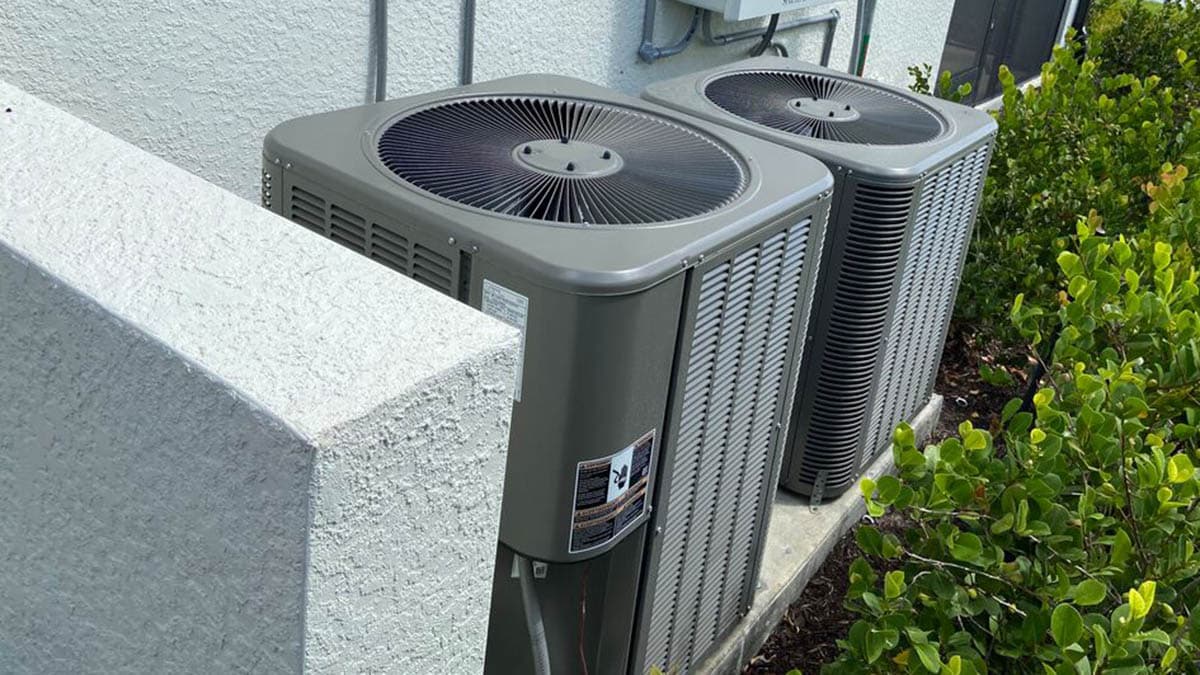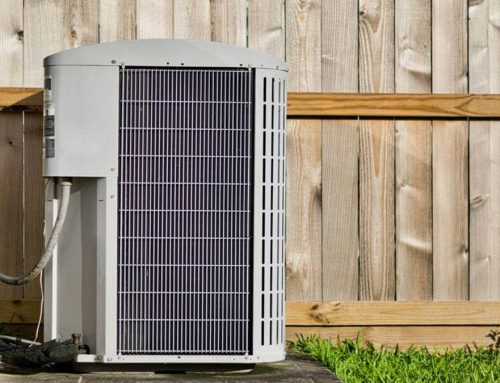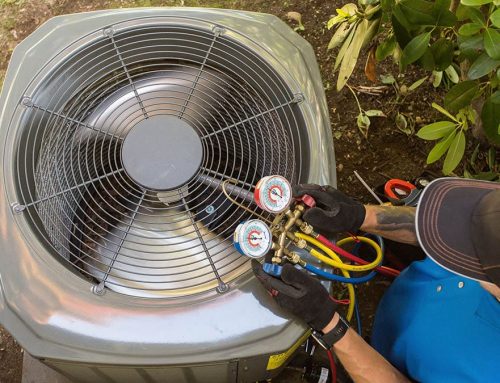Supplies of R-22 Refrigerant Are Shrinking–Is It Time to Upgrade to a New A/C?

With a federal government phaseout well underway, supplies of R-22 refrigerant – commonly used in air conditioners and heat pumps – are getting smaller every year. But what exactly does this mean for you and your air conditioning system? If you have a cooling system that’s more than three years old, here’s a closer look at how the R-22 shortage may affect you over the course of the next several years.
Why are the supplies of R-22 refrigerant shrinking?
For years, R-22 was the standard for refrigerant in air conditioning systems. As part of the global mobilization against climate change, the U.S. government began phasing out the use of ozone-depleting R-22 several years ago. As of 2010, the production of any R-22-reliant cooling equipment was halted. Although R-22 may still be used to service and repair older A/Cs, it won’t be produced after 2020. At that time, the only R-22 available for servicing pre-2010 cooling systems will be recycled. In the meantime, the availability of the refrigerant will continue to decrease as production drops every year.
How will the shortage affect me?
If your A/C or heat pump was manufactured before 2010, you could be affected by the R-22 phaseout. In the event that your air conditioner develops a refrigerant leak, or has a lower than prescribed level for any other reason, your contractor will need to re-charge your system with R-22. The extreme shortage of this agent will result in higher costs, meaning that you’ll have to pay more for repairs. And if supplies become really scarce, it may become impossible to fix or service your equipment.
What are my options?
Instead of waiting around for the inevitable, you may choose to be proactive and invest in a new air conditioning system now. New equipment utilizes an EPA-approved and non-ozone-depleting refrigerant called R-410A. This will help you to avoid any R-22-related problems and will benefit the environment. As a bonus, you’ll enjoy the increased energy efficiency of a new system. And by making the decision to install a high-efficiency A/C before the end of 2013, you could be eligible to earn a generous federal tax credit on your upgrade.
For more information on the shrinking supplies of R-22 refrigerant, or for a quote on a new air conditioner, please contact us at Geisel Heating, Air Conditioning & Plumbing. We serve residents of Cleveland and the surrounding area.
Our goal is to help educate our customers in Cleveland, Ohio about energy and home comfort issues (specific to HVAC systems). For more information about R-22 refrigerant and other HVAC topics, download our free Home Comfort Resource guide.
For those Do it Yourselves who would rather take control of your own indoor comfort, you can shop our online store for replacement parts, products and accessories!


